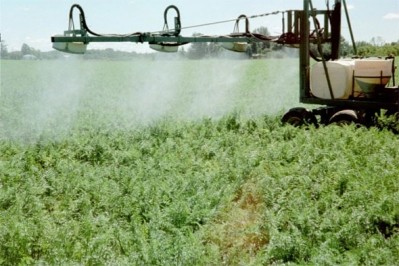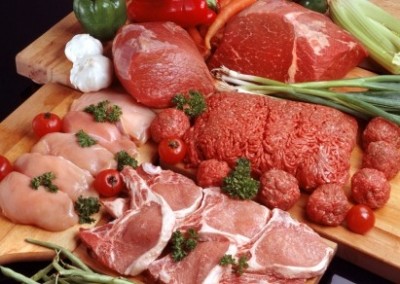Intense meat production likely to 'pose future risk'
Research techniques that anticipate future risks were applied to food safety trends by Fiona Lickorish, principal research fellow - horizon scanning and futures, Cranfield University, who shared her results at a recent Food Standards Agency event.
Among the techniques used was horizon scanning, which aims to identify potential threats, opportunities and challenges that are normally on the margins of current thinking and planning.
A wide range of media is scanned and reviewed regularly - from science blogs to published reports to patents pending - for indications of emerging trends.
Lickorish said: “What we’ve been noticing now for the past few years is that meat production is going up all the time, it’s tripled in the past three decades and it is predicted to double on its present level by 2050.
“The consumption and production of livestock products in emerging economies has grown markedly but there has also been a growing demand for local and British produce in the UK and an expansive of DIY livestock and food production in both urban and rural settings.
“Also a demand for specialist meats like kosher or halal. All these are rising.”
However, the heightened intensity of producing meat may come with related food risks such as a potential reduction of animal welfare and other production standards, Lickorish said.
She added: “Around a quarter of the meat sold in the UK now has been imported from nations which have weaker rules and regulations in animal welfare.”
Similarly there may be new animal disease hotspots and there may also be an expansion of GM livestock production in places where regulation isn’t as tight as the EU, as well as expansion of novel sources of animal protein, like insects, elsewhere.
Intelligent packaging
Meanwhile developments in packaging and processing, such as advances in nanotechnology and material science, could help improve food safety. An example of this is a “wonder paper” that wards off harmful bacteria.
There are also inexpensive DIY analytical tools allowing consumers to monitor their own food, for example for pesticide levels
Lickorish said: “We hope that there will be a reduction in food poisoning cases due to these interesting insights around packaging, like the wonder paper.
“We hope there will be a reduction in food waste because we’ll have more precise sell by dates and also edible food won’t be thrown away.
“We can perhaps see an increase in food scandals where people have the ability to assess their own food as they sit down to eat and there may be an increase in demand for sustainably sourced livestock and seafood.”
The FSA event on The Identification of Future Global Food Risks last month looked at future threats to food safety, how research and data analysis can help identify emerging risks and plans to tackle them.

















